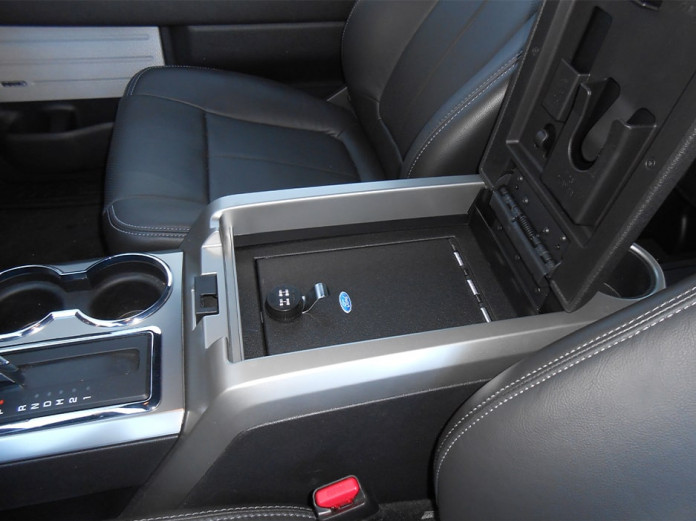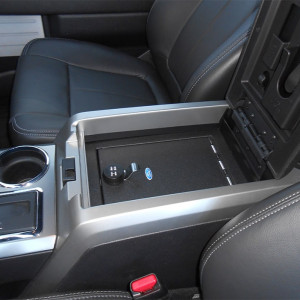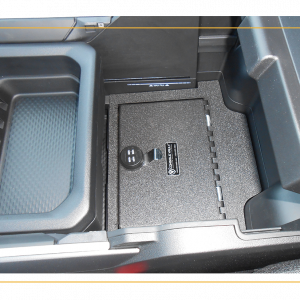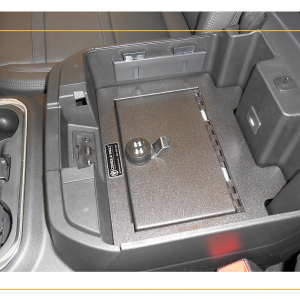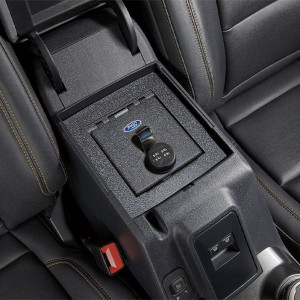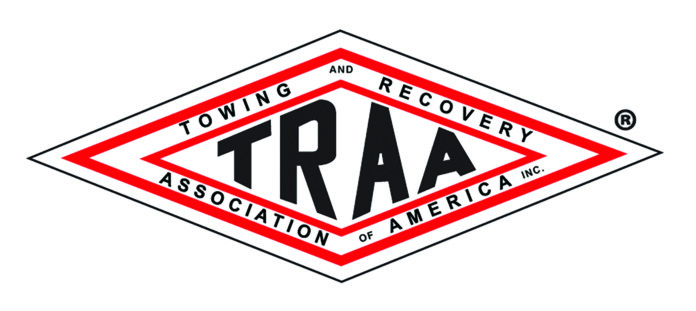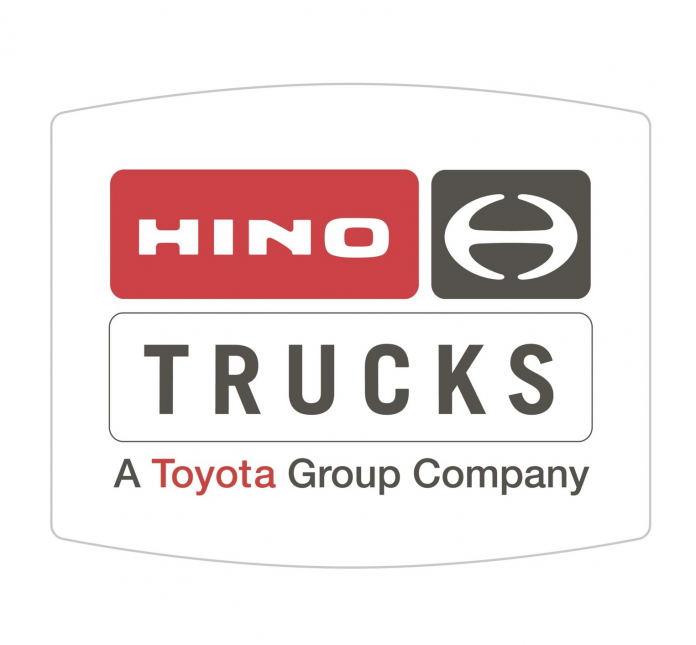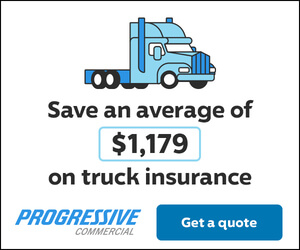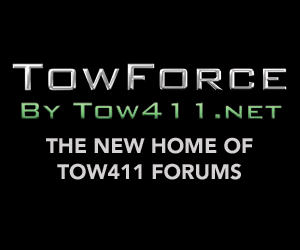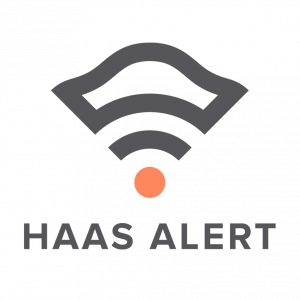 The International Towing & Recovery Hall of Fame and Museum has announced it will induct 10 new members into its Hall of Fame this fall. The inductees hail from the United States, Australia, France, and Japan, making it one of the most diverse Hall of Fame classes ever.
The International Towing & Recovery Hall of Fame and Museum has announced it will induct 10 new members into its Hall of Fame this fall. The inductees hail from the United States, Australia, France, and Japan, making it one of the most diverse Hall of Fame classes ever.
The National Highway Traffic Safety Administration (NHTSA) reported that 42,915 people died in motor vehicle crashes in 2021 – the most traffic fatalities since 2005. Traffic fatalities rose by 10.5% in 2021 compared to the year before, marking the largest-ever annual percentage increase in the nearly five-decade history of the Fatality Analysis Reporting System. NHTSA’s report also shows increases in almost every type of roadway death, including:
- Fatalities involving pedestrians up 13%
- Fatalities occurring on urban roads up 16%
- Fatalities from multi-vehicle crashes up 16%
- Fatalities from crashes involving at least one large truck up 13%
- Fatalities from speeding-related crashes up 5%.
Worst still, some states experienced even sharper increases in their fatality data. TxDOT recently reported that traffic crashes in the state’s work zones last year claimed the lives of 244 people, a 33% increase over 2020. In the 2021 NHTSA figures, Texas experienced an 18% increase in motor vehicle fatalities over 2020. NHTSA’s report indicates that almost half of all states – 23 total – experienced an annual increase of over 10.5% in traffic fatalities, with only five states registering a year-to-year decline.
In 2020, transportation experts hoped that diminished motor vehicle traffic-related to COVID shutdowns would lead to a drop in overall fatalities on the road. When the final traffic fatality figures were released for 2020 last year, though, the figures showed the opposite, demonstrating that the risk of fatality on the road increased despite a decrease in traffic. The release of these figures for 2021 confirm the continuation of a dangerous and deadly trend in the wrong direction.
Addressing this trend requires coordinated effort across the country. This January, United States Secretary of Transportation Pete Buttigieg stated the challenge clearly: “We face a crisis on America’s roadways that we must address together.” From state and local transportation planners and vehicle designers, emergency responders and roadside assistance fleets, to work zone operators and everyday drivers and road users, we all must actively work together to save lives and prevent tragedies. Even a single life lost in a preventable crash is tragic enough; nearly 43,000 preventable deaths in just a year is a true crisis, and it demands new efforts, innovative initiatives, and creative partnerships. Most importantly, it requires action today – there is no time to wait for solutions that may be years away from full deployment, as lives hang in the balance.
The good news? We don’t have to wait for new solutions: we have everything we need to start addressing this problem today.
Digital alerting offers communities across the United States a low-cost, high-value solution that significantly reduces the likelihood of collisions between drivers and emergency vehicles, work zones, towing and recovery vehicles, and other moving hazards on the road, which altogether account for nearly 300,000 collisions and close to 1,000 fatalities a year. By using cellular networks to notify drivers inside their vehicle of hazards ahead of them, studies have shown that digital alerting reduces the likelihood of collision by up to 90% while reducing hard-braking by 80%. Thanks to emergency vehicle manufacturers that have already embraced digital alerting as a safety standard for new vehicles, as well as critical efforts by federal legislators to fund the deployment of digital alerting, thousands of public safety fleets nationwide are equipped with the technology today and delivering alerts to drivers directly in vehicle dashboards and through the world’s most popular navigation applications.
As more communities adopt digital alerting in the months and years ahead and awareness on the road begins improving, drivers, responders, and roadway workers will all benefit. In a world where motorists and vehicles are equipped with timely information about hazards ahead of them, everyone has a better chance of getting home safely at the end of the day. There’s no doubt that a safer and smarter transportation system is available to us today, if we choose to take action.
Here are some steps you can take right now to help bring digital alerting to your community:
If you’re an emergency responder, work zone operator, or roadway worker: Contact us today to learn more about equipping your fleet with digital alerting. From easy-to-install hardware options to direct integrations on fleet telematics and tracking platforms, it’s easier than ever today to get the protection you deserve every moment you work on the road.
If you’re a transportation planner or policymaker: Reach out to us to learn how digital alerting helps to achieve Vision Zero and Safe Systems objectives without the need for cost-prohibitive infrastructure investments, and get more information about state and federal funding available to your agencies to purchase and deploy digital alerting in your community.
If you’re an everyday driver: You can receive digital alerts today on the most popular navigation applications on mobile devices today, as well as directly in the infotainment screen of 2018-and-newer Jeep, Dodge, Ram, Chrysler, and Alfa Romeo vehicles. In the months ahead, even more vehicle brands will offer Safety Cloud digital alerts directly in vehicle dashboards. If digital alerting hasn’t arrived in your community yet, reach out to your local public safety agencies and tell them you’d like them to add Safety Cloud protection.
Together, we can turn the tide on this deadly trend and build a safer, more connected transportation system for everyone.
For more information: www.haasalert.com.

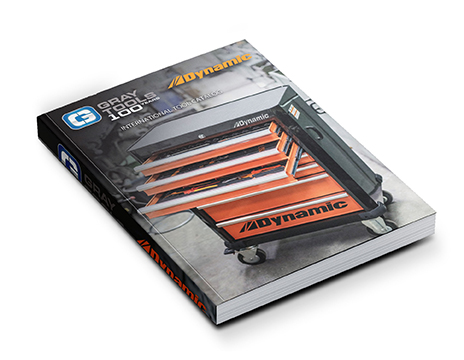
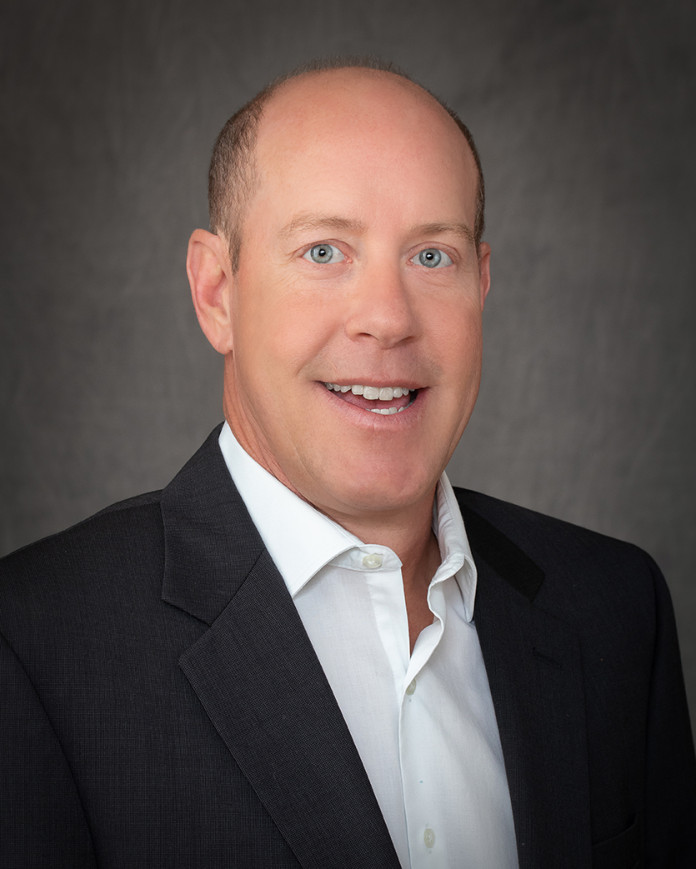
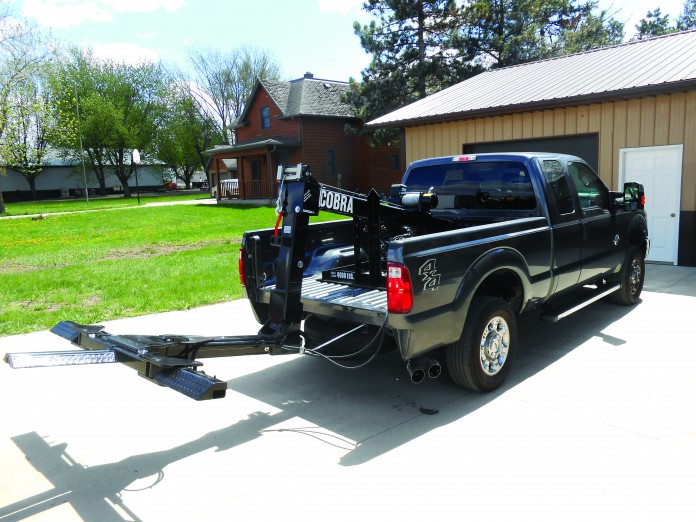
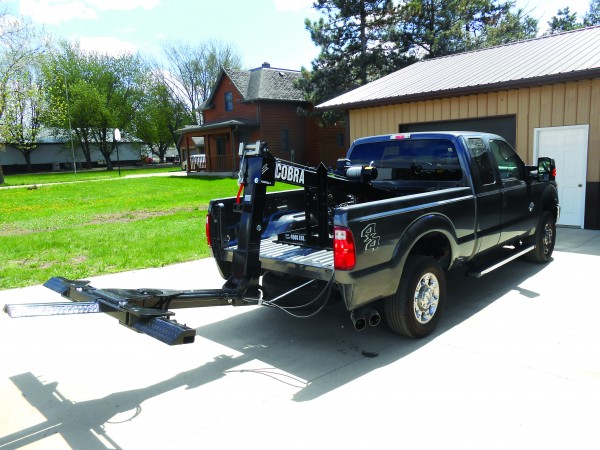 Hide-A-Lift was established in 1998 in a small town in the Northwest corner of Iowa. Needing a way to tow cars from place to place, then owner and now salesman, Lee Bomgaars, came up with an idea for the first underlift and things took off from there. Hide-A-Lift, located in Doon, IA., is owned by Roy Van Engen and his four sons. They are not only the owners but also do the welding, testing, assembly, installation, and everything involved in the manufacturing process. Take a look at our lifts, and you will see, no matter what your needs are, we have a solution for you!
Hide-A-Lift was established in 1998 in a small town in the Northwest corner of Iowa. Needing a way to tow cars from place to place, then owner and now salesman, Lee Bomgaars, came up with an idea for the first underlift and things took off from there. Hide-A-Lift, located in Doon, IA., is owned by Roy Van Engen and his four sons. They are not only the owners but also do the welding, testing, assembly, installation, and everything involved in the manufacturing process. Take a look at our lifts, and you will see, no matter what your needs are, we have a solution for you!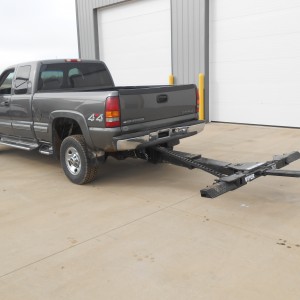 Need a quick and easy unit to tow most consumer vehicles? Viper costs less, quicker than most competitive self-loaders, is easy to mount, and can be working for you in no time.
Need a quick and easy unit to tow most consumer vehicles? Viper costs less, quicker than most competitive self-loaders, is easy to mount, and can be working for you in no time. 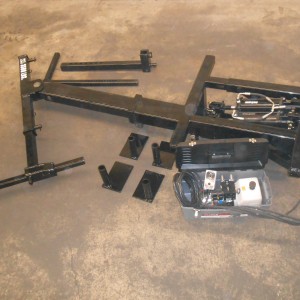 RAPTOR — A lift that extends with a button instead of manually:
RAPTOR — A lift that extends with a button instead of manually: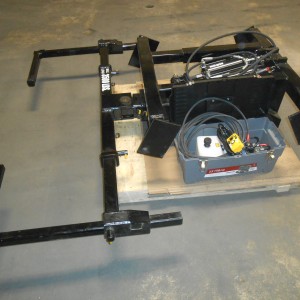 BOA — A quick-and-easy unit to tow in tighter spaces with easy to use functions:
BOA — A quick-and-easy unit to tow in tighter spaces with easy to use functions:
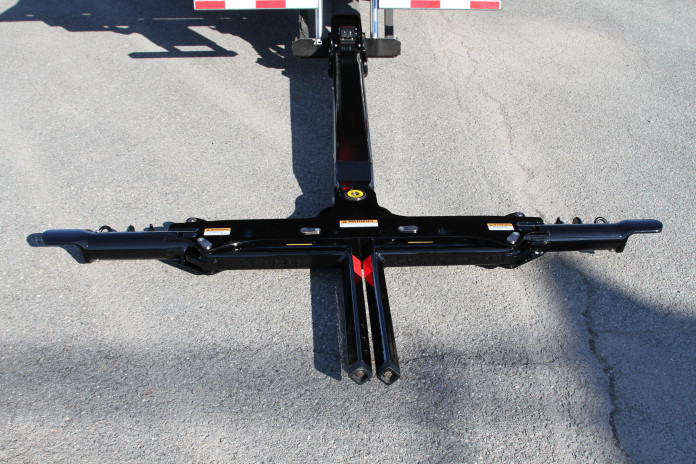
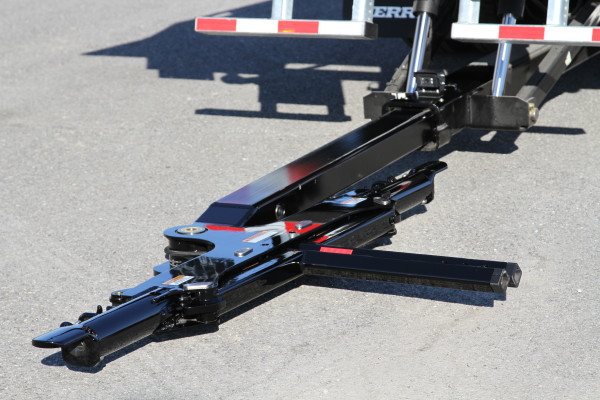
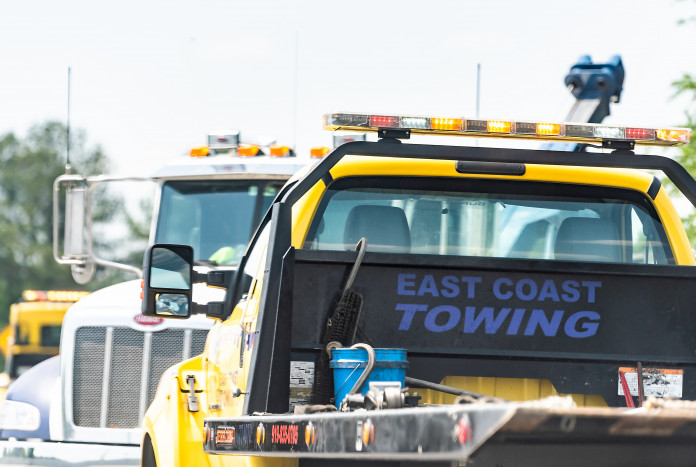
 As bad it sounds with tow companies not getting along with other tow companies, and associations not getting along with other associations, and the media not getting along with each other it’s still the best industry I’ve ever worked in.
As bad it sounds with tow companies not getting along with other tow companies, and associations not getting along with other associations, and the media not getting along with each other it’s still the best industry I’ve ever worked in.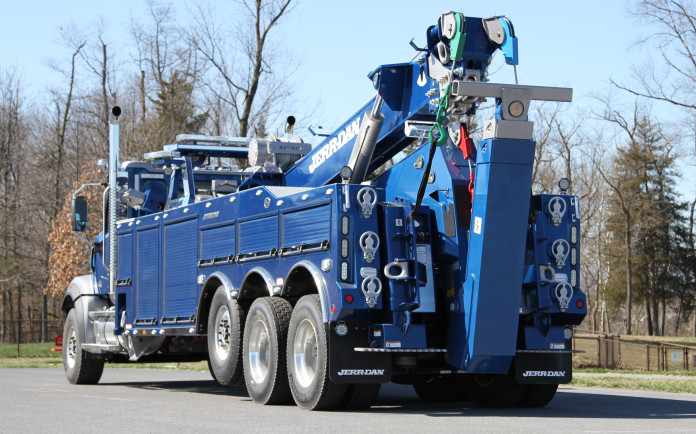
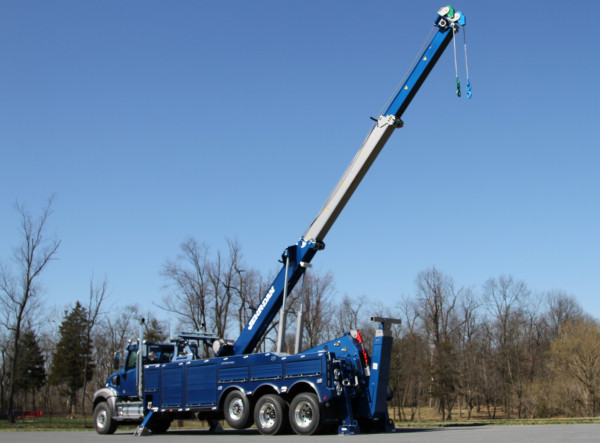
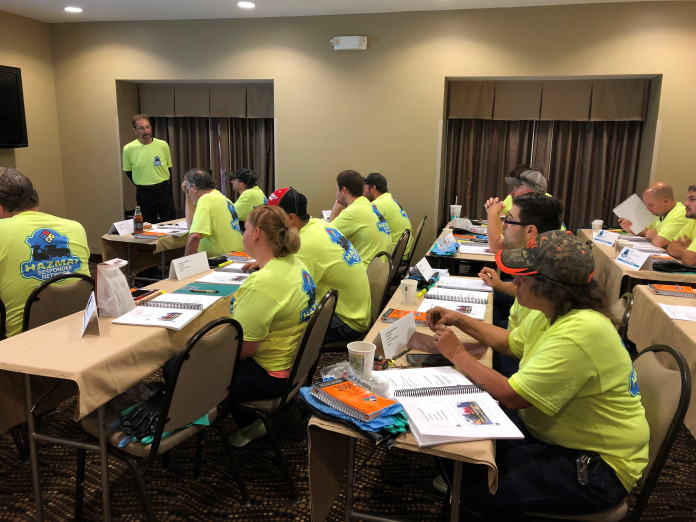
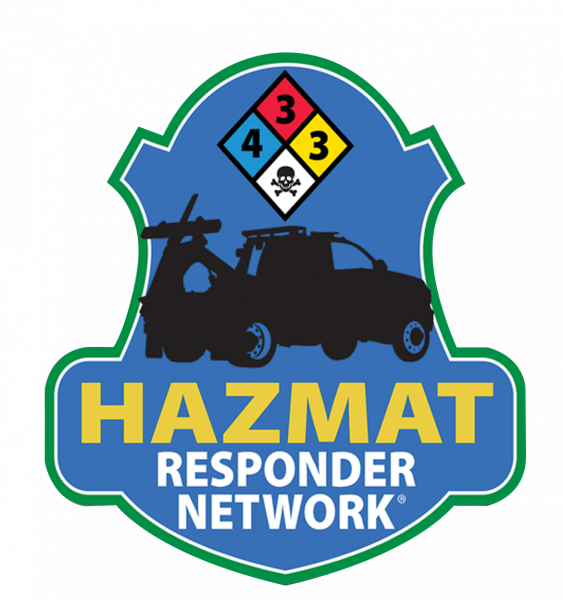
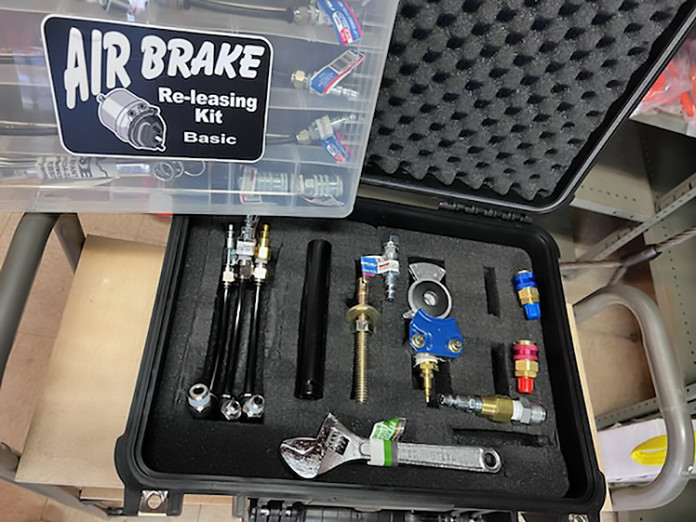
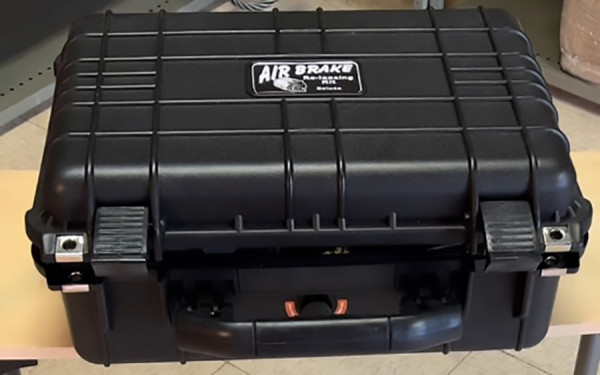
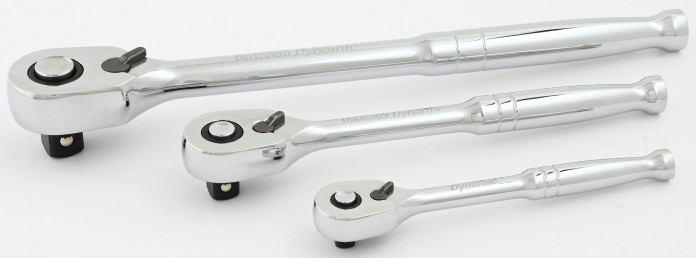
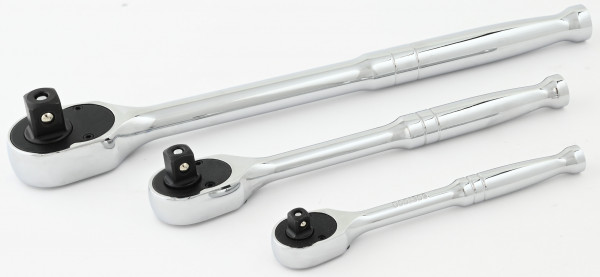

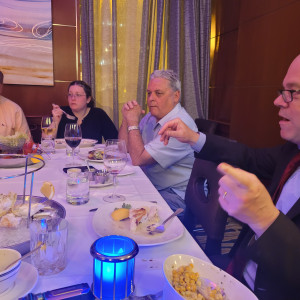
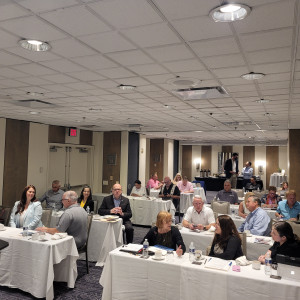
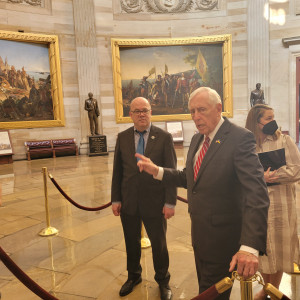
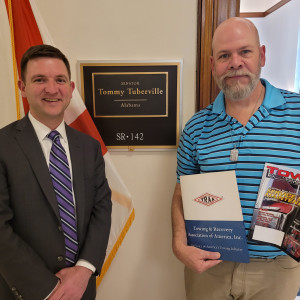
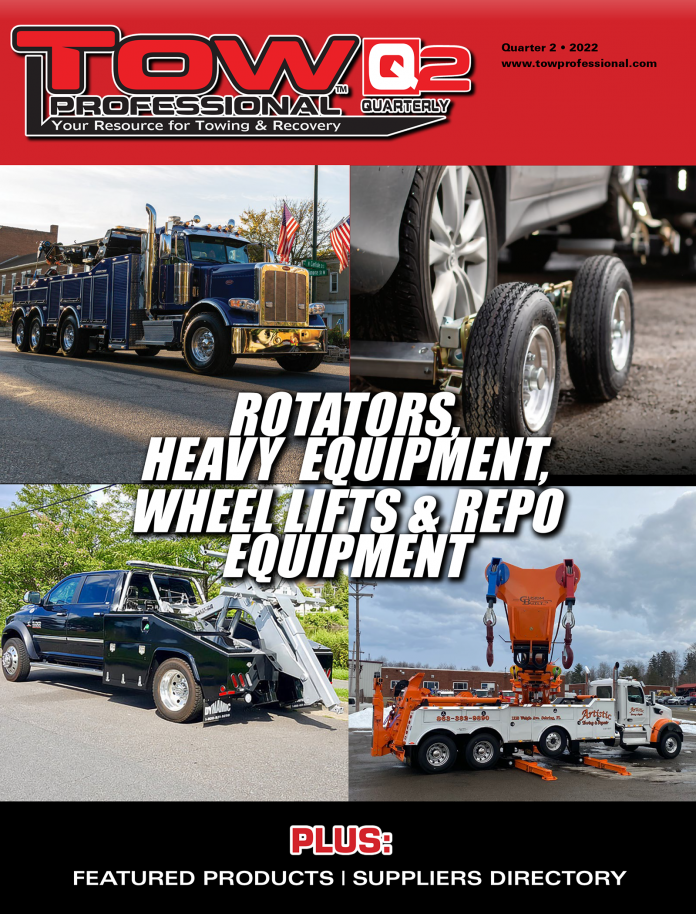

 The International Towing & Recovery Hall of Fame and Museum has announced it will induct 10 new members into its Hall of Fame this fall. The inductees hail from the United States, Australia, France, and Japan, making it one of the most diverse Hall of Fame classes ever.
The International Towing & Recovery Hall of Fame and Museum has announced it will induct 10 new members into its Hall of Fame this fall. The inductees hail from the United States, Australia, France, and Japan, making it one of the most diverse Hall of Fame classes ever.